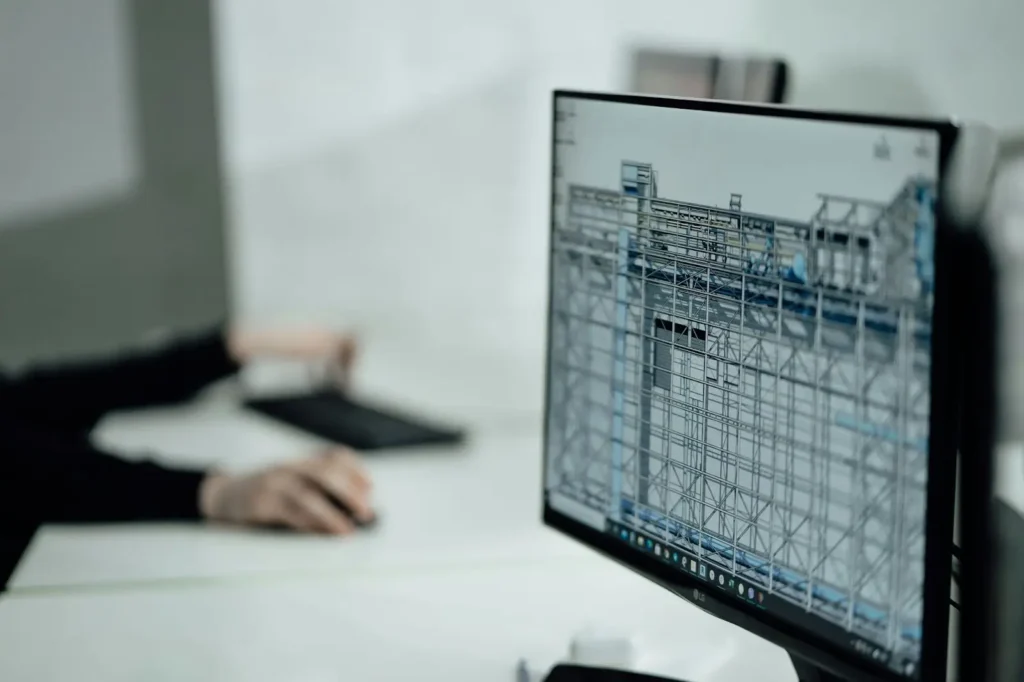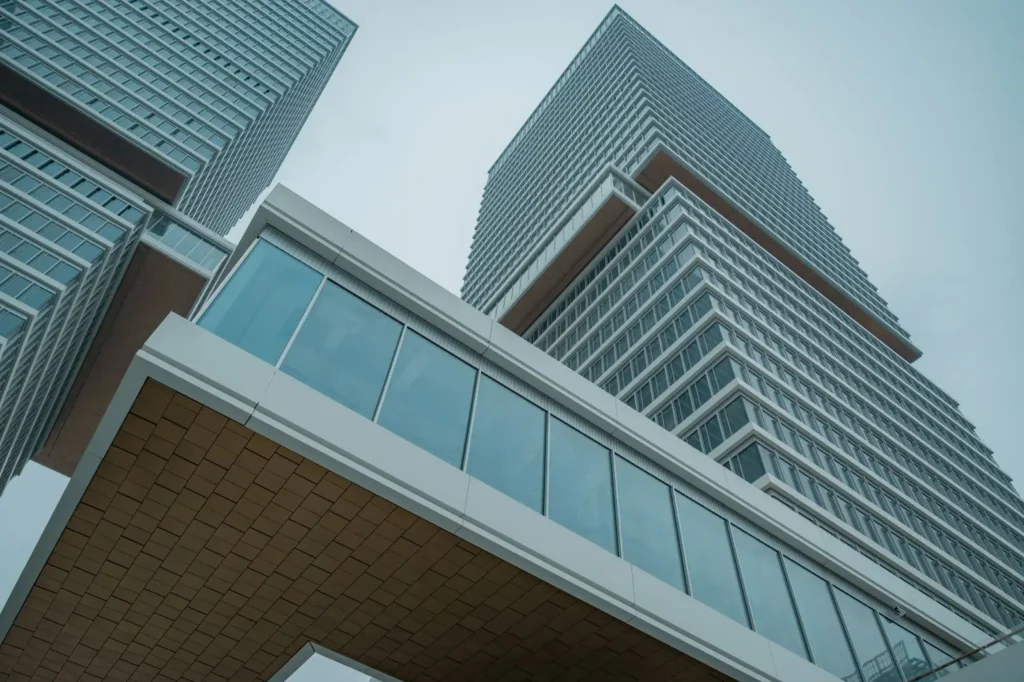Written By: Brad Campbell | July 30, 2025
Security is more important than ever when architects design commercial buildings. From burglary and smash-and-grab theft to rioting and looting, active threats, and even terrorist attacks, there are numerous security threats that commercial architects must take into consideration in their designs.
Fortunately, modern security technology has evolved along with security threats, and there are many building materials and systems that architects can incorporate into their designs to ensure the safety of the building’s occupants, assets, and structural integrity.
Security glazing, a type of specialized glass or non-glass glazing material, is a high-performance option that improves commercial window and door security while maintaining the building’s aesthetics, perfectly complementing any modern architectural design style.
Over the years, the nature of security threats has evolved significantly, ranging from traditional after-hours burglary and vandalism to more sophisticated terrorist attacks and active threat incidents. Commercial buildings often house expensive equipment and large numbers of occupants, making them high-value targets for theft and targeted violence alike.
Because of the increased security threats faced by commercial buildings today, it’s more important than ever for architects to implement effective physical security measures, like forced entry-resistant and bullet-resistant security glazing, in their projects right from the design phase.

Security glazing is designed to withstand various forms of impact, including forced entry attempts, flying storm debris, ballistic attacks, and even bomb blasts. By incorporating security glazing into commercial building designs, architects can help ensure a property’s resilience against both targeted attacks and accidental or natural disaster-inflicted damage.
Virtually unbreakable security glazing systems, such as Riot Glass RG-Series and AP-Series solutions, consist of multiple layers of reinforced glass or glass-like glazing materials bonded together by thermoplastic interlayers, providing added strength and durability to vulnerable windows and doors.
Beyond a building’s aesthetics, an important responsibility of architects is to ensure that their designs protect the safety and well-being of their occupants. Security glazing plays a central role in this by creating a secure building envelope and indoor environment.
In the event of a violent attack (an active threat scenario), Riot Glass acts as a vital protective barrier, allowing occupants to get to safety while delaying the intruder’s progress. This not only protects building occupants from harm, but also provides crucial time for security or the authorities to respond.

Additionally, security glazing can safeguard valuable assets, sensitive information, and critical infrastructure within the building. By protecting these assets behind forced entry and impact-resistant barriers, businesses can continue to operate with minimal disruption, even in challenging circumstances like natural disasters or chaotic civil unrest.
A common concern architects may have when considering integrating security glazing in their designs is the potential impact on the building’s aesthetics and curb appeal. This is a fair concern, considering that security glass and bulletproof glass have traditionally been incredibly thick and heavy, making their implementation difficult.
However, advancements in technology have made it possible to integrate modern forms of security glazing seamlessly into the overall design of a building without significantly changing its structure or appearance.

For example, Riot Glass glazing infills and Universal Framing Systems are available in a wide range of finishes and appearances, allowing them to complement and even improve the appearance of any commercial building’s windows and doors.
Many regions, especially hurricane zones and other strong windstorm-prone areas, have specific building codes and standards that address physical security requirements for commercial structures.
Incorporating security glazing into their designs from the outset helps architects ensure compliance with these regulations while providing optimal security for buildings and their occupants.

Certain Riot Glass glazing shields, for instance, have been tested and certified to Miami-Dade hurricane missile testing standards, and can therefore be used as an alternative to hurricane shutters for buildings that have to meet strict storm damage mitigation building codes.
Here are a few best practices for architects looking to incorporate security glazing effectively into their commercial projects:
Work with building owners, security consultants, and glazing experts during the planning phase to determine what types of threats the building is most likely to face — whether it’s burglary, rioting, hurricanes, or active threats.
Choose security glazing products based on specific threat mitigation goals. For example, some glazing is designed only for forced entry resistance, while others are rated for ballistic or blast protection. Riot Glass offers a full spectrum of options to suit different needs.
Consult with manufacturers like Riot Glass to ensure that chosen glazing products integrate seamlessly with your project’s framing systems and structural plans. Early collaboration can prevent expensive last-minute modifications.
Consider how glazing solutions will affect visibility, daylighting, and aesthetics. Today’s security glazing options can be virtually indistinguishable from standard glass and are available with tints, UV protection, decorative graphics, and other aesthetic and performance-enhancing features.
For renovation or adaptive reuse projects, use retrofit-friendly security glazing solutions that minimize disruption to the existing structure while dramatically increasing protection.

As security risks continue to evolve, architects must rise to the challenge of designing commercial buildings that are not only beautiful and functional, but also physically secure. Security glazing is one of the most effective tools available for accomplishing this goal without compromising the overall design vision.
When integrated from the ground up, high-performance security glazing allows architects to create resilient structures that protect lives, assets, and operations — while still delivering on aesthetics, performance, and occupant experience.
To learn more about specifying security glazing for your next project, contact Riot Glass today and speak with a commercial glazing expert.

HOW CAN WE HELP YOU?
